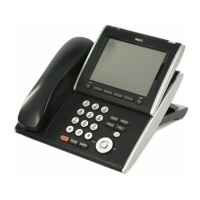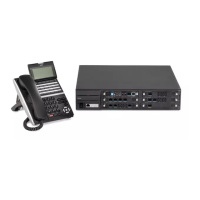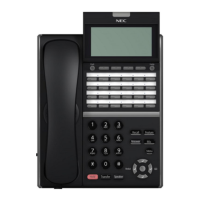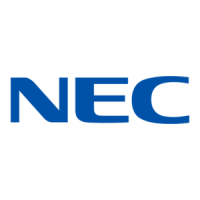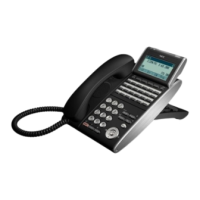Issue 2.0
5-22 Network Design Considerations
Listed below are the fields used in Figure 5-8 Layer 3 QoS Example.
Version – the version of IP currently used.
IP Header Length (IHL) – datagram header length. Points to the beginning of the
data. The minimum value for a correct header is 5.
Type-of-Service – Indicates the quality of service desired by specifying how an
upper-layer protocol would like a current datagram to be handled, and assigns
datagrams various levels of importance. This field is used for the assignment of
Precedence, Delay, Throughput and Reliability.
Total Length – Specifies the length, in bytes, of the entire IP packet, including the
data and header. The maximum length specified by this field is 65,535 bytes.
Typically, hosts are prepared to accept datagrams up to 576 bytes.
Identification – Contains an integer that identifies the current datagram. This field
is assigned by sender to help receiver to assemble the datagram fragments.
Flags – Consists of a 3-bit field of which the two low-order (least-significant) bits
control fragmentation. The low-order bit specifies whether the packet can be
fragmented. The middle bit specifies whether the packet is the last fragment in a
series of fragmented packets. The third or high-order bit is not used.
Fragment Offset – This 13-bit field indicates the position of the fragment data
relative to the beginning of the data in the original datagram, which allows the
destination IP process to properly reconstruct the original datagram.
Time-to-Live – This is a counter that gradually decrements down to zero, at
which point the datagram is discarded. This keeps packets from looping endlessly.
Protocol – Indicates which upper-layer protocol receives incoming packets after
IP processing is complete.
Header Checksum – Helps ensure IP header integrity. Since some header fields
change, e.g., Time To Live, this is recomputed and verified at each point that the
Internet header is processed.
Source Address – Specifies the sending node.
Destination Address – Specifies the receiving node.
Options – Allows IP to support various options, such as security.
Data – Contains upper-layer information.
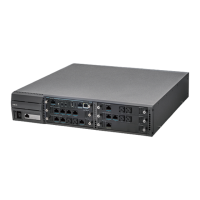
